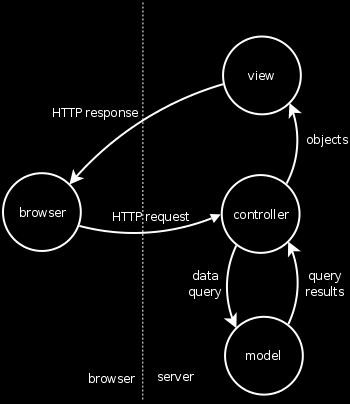In Java, many of the the standard library’s objects have configurable settings, like timeout settings, boolean behavior flags, and so on. Sun’s documentation never says what these are set to by default. Does the timeout default to infinity? Zero? Thirty seconds? One hour? Is a new connection set to accept input, or output, by default? What’s the default buffer size of this object? Am I expected to write a little test program to figure out what the defaults are? Am I expected to grep through the Java standard library source code to find out?
On top of this, lots of the configuration values have getters, setters, and a method to set the default value for all future instances of that class for the lifetime of your application. This must have taken some time to implement. But did Sun bother to put the factory defaults in the documentation? No.
This is a classic example of over-engineering; Instead of focusing on choosing a reasonable default and writing complete, useful documentation to make the user’s (coder’s) life better, they focused on a level of configurability that is only rarely (if ever) necessary.
 Spydentify
Spydentify